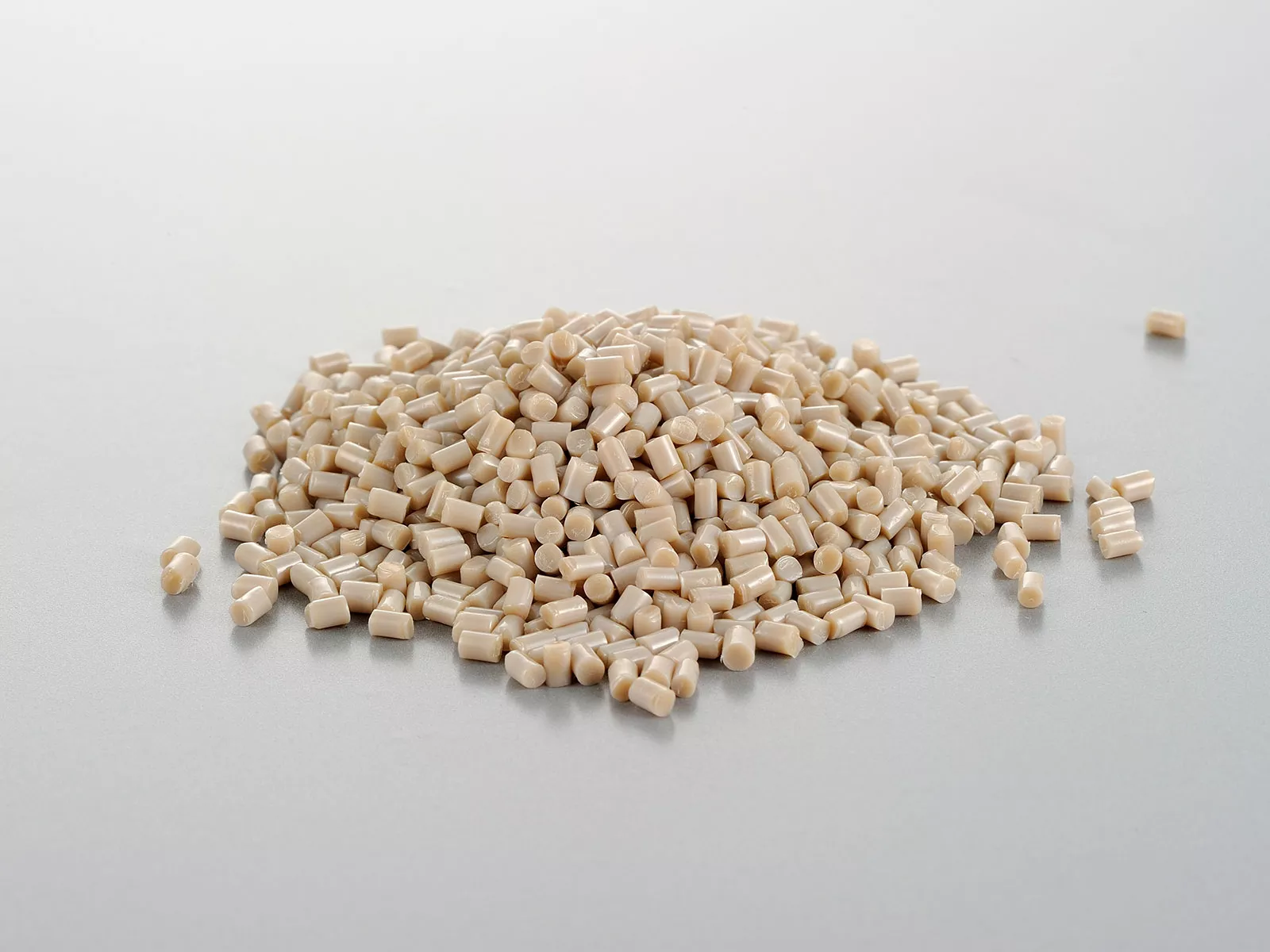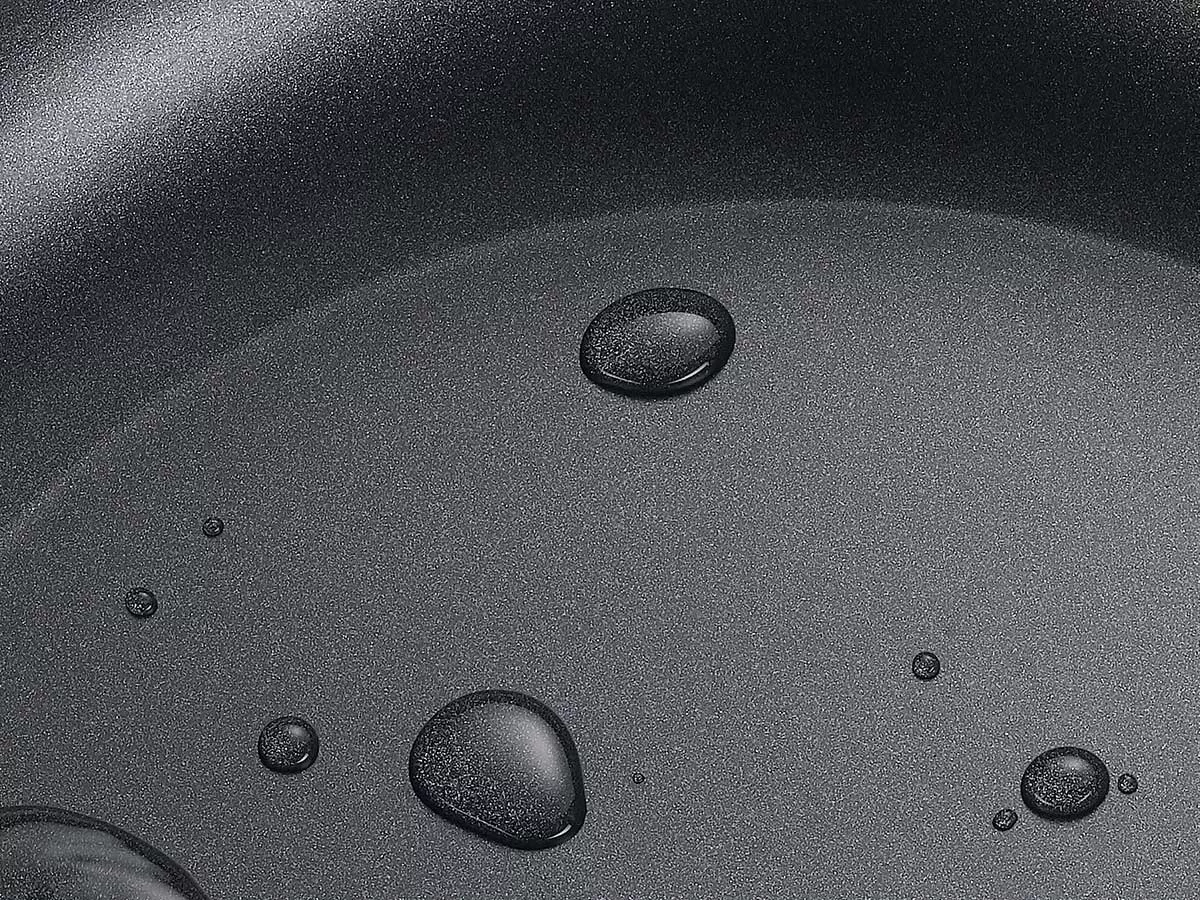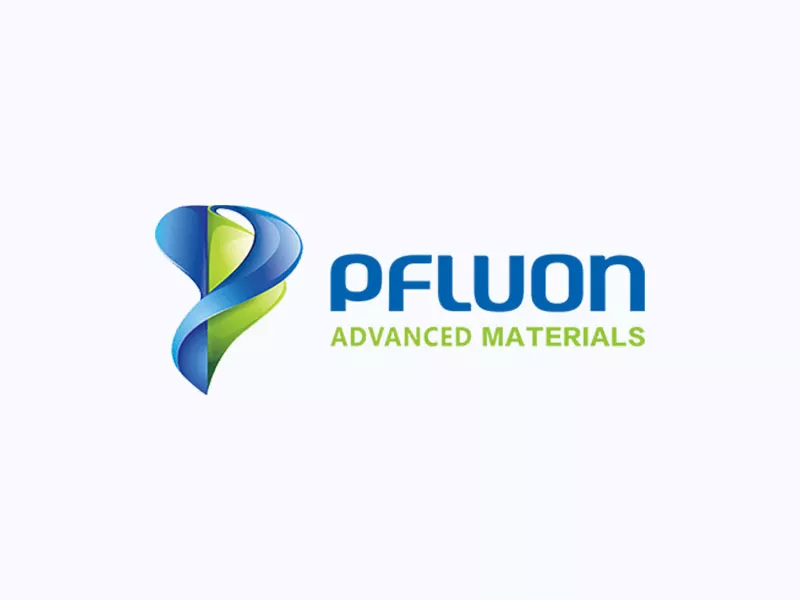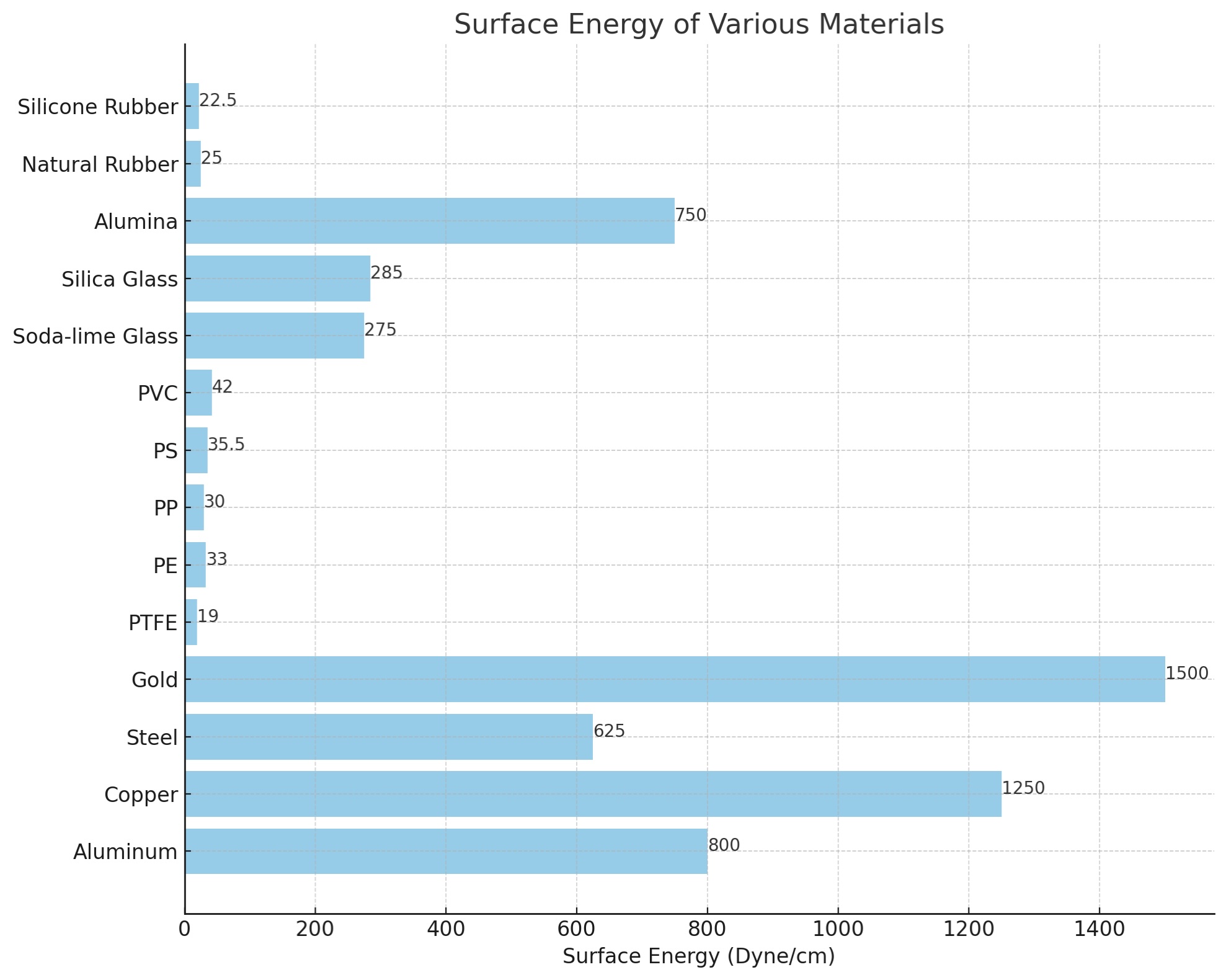PFLUON offers four standard product lines of non-stick coatings: water-based fluororesin coatings, ceramic coatings, silicone resin coatings, and polyethersulfone coatings.
Today, we delve into the world of Polytetrafluoroethylene (PTFE), a key ingredient in PFLUON's water-based fluororesin coatings. We'll explore its origins, characteristics, chemical principles, non-stick properties, and safety aspects to help you gain a deeper understanding of this essential non-stick material.
The History of Polytetrafluoroethylene (PTFE)
In 1938, Dr. Roy Plunkett, a chemist working for DuPont, and his assistant Jack Rebok were conducting research aimed at synthesizing a new type of refrigerant gas. They injected chlorofluorocarbon, a gas, into a high-pressure container and experimented at low temperatures. However, upon opening the container, they discovered that the chlorofluorocarbon had vanished, leaving behind a new, unknown material on the inner walls of the container. Dr. Plunkett observed that this material exhibited a unique slipperiness and an unprecedented non-stick property.
This material was later named Polytetrafluoroethylene (PTFE). DuPont commercialized it in 1947 under the trademark "Teflon," which is known as "特氟龙" in Chinese.
Marc Grégoire, a French engineer and an avid fisherman, noticed that fishing lines coated with PTFE could be easily untangled with just a gentle pull. Inspired by this, his wife, Colette, suggested applying PTFE coating to the surface of frying pans to prevent food from sticking. Grégoire then devoted significant time and effort to developing a technique to bond PTFE with aluminum successfully.
By 1961, the first non-stick pan coated with PTFE, named “The Happy Pan,” was officially launched in the United States.
Since then, cookware coated with PTFE has become one of the most common household products manufactured by thousands of companies worldwide.
PTFE: The King of Plastics
PTFE (Polytetrafluoroethylene) is one of the largest-scale fluororesin varieties produced to date. Due to its exceptional high-temperature resistance, corrosion resistance, solvent resistance, high insulation, and bio-inertness, it has been aptly named "The King of Plastics."
PTFE Chemical Structures
PTFE, or Polytetrafluoroethylene, is composed of carbon (C) and fluorine (F) atoms. Both carbon-carbon and carbon-fluorine bonds are single bonds with high bond energy, contributing to its high stability.
PTFE's theoretical fluorine content is 76%. The molecular structure of PTFE forms a uniform and continuous sheath around the carbon-carbon bonds, displaying a highly symmetrical helical structure. This uniform fluorine sheath allows PTFE to have a crystallinity of 95%-98%, endowing the PTFE molecule with several distinctive features:
- Exceptional chemical resistance and stability;
- Excellent electrical properties;
- Ultra-low coefficient of friction and surface energy.
These characteristics make PTFE an indispensable material in various applications, from cookware coatings to electrical insulation and beyond.
Why Choose PTFE?
1. Outstanding Non Stick Features
The non-stick nature of PTFE arises from its exceptionally low surface energy.
Surface energy is a property that describes how the surface of a material interacts with its surroundings. Materials with high surface energy tend to attract and adhere to other substances easily, whereas those with low surface energy are less likely to have other materials stick to their surface.
Typically, metals have high surface energies, usually reaching levels of 800-1000 Dyne/cm, which is significantly higher compared to plastics. The surface energy of plastics is generally lower than 50 Dyne/cm.
PTFE, in particular, has a surface energy of only 18-19 Dyne/cm. This exceptionally low surface energy grants PTFE its outstanding non-stick properties.
2. Exceptional Temperature Resistance
PTFE is characterized by its ability to withstand both high and low temperatures, with a maximum operating temperature of up to 260°C and a minimum operating temperature as low as -160°C. Even at the extremely low temperature of -196°C, it can still maintain an elongation rate of 5%.
3. Strong Plasticity
While traditional PTFE materials have their drawbacks, such as sensitivity to creep and wear, difficulties in joining, low radiation resistance, and a certain level of corrosiveness that may produce harmful fumes, these can be mitigated by adding up to 40% (by volume) of fillers. This addition slows the emergence of the aforementioned issues without compromising its excellent physical properties.
The effects of conventional fillers on PTFE include:
- Enhancing the material's mechanical properties, especially in terms of creep and wear rates.
- Further enhancing the material's performance at high and low temperatures.
- Increasing the porosity of PTFE compounds.
- Reducing the material's dielectric strength, increasing its dielectric constant and loss factor.
- Altering the material's electrical conductivity and thermal conductivity, among others.
These adjustments and modifications to PTFE not only address its limitations but also extend its application range, making it even more valuable in various industrial sectors.
Safety Concerns about PTFE Coatings
Early concerns about the safety of PTFE coatings used in non-stick pans originated from the use of a surfactant needed in its production process: Perfluorooctanoic Acid (PFOA).
As early as 2004, the United States Environmental Protection Agency (EPA) brought a lawsuit against DuPont, bringing the issues of PFOA usage and its risks into public attention, causing significant fluctuations in the non-stick cookware industry. However, it's important to note that the allegations against DuPont were related to the environmental pollution that could be caused by the use of catalysts in its production process, not the safety of Teflon products themselves.
PFOA, being a raw material in the production process of PTFE coatings, does not appear in the final product. Following the DuPont Teflon incident, China's General Administration of Quality Supervision, Inspection, and Quarantine conducted tests on non-stick pans, and the results showed that no PFOA residues were detected in all sampled products.
Nevertheless, the public's impression of this harmful substance had already formed. To reduce the potential risks of PFOA to the environment and health, the industry began looking for alternatives. Among these, the characteristics of Hexafluoropropylene Dimer Acid (GenX) made it an attractive alternative option for the production of PTFE non-stick coatings.
Advantages of GenX
GenX is an advanced fluoropolymer production process designed to replace long-chain fluoropolymers such as Perfluorooctanoic Acid (PFOA). Here are detailed analyses of its main advantages:
Low Environmental Impact: GenX exhibits rapid degradation characteristics, which significantly shorten its duration in the environment, thereby markedly reducing its long-term impact on the environment. This property allows GenX to lessen negative impacts on the natural environment, including harm to soil organisms and water pollution.
Low Bioaccumulation: Bioaccumulation refers to the ability of a chemical substance to accumulate within a biological organism. Compared to PFOA, GenX has significantly reduced bioaccumulation. This means that the probability of GenX accumulating in biological systems is lower, thereby reducing harm to animals and plants and decreasing the likelihood of chemical substances being transferred to humans through the biological chain.
PTFE Safety Test
Currently, the non-stick coating industry has widely adopted GenX and other safer alternatives to ensure their products are safe for users.
The General Administration of Quality Supervision, Inspection, and Quarantine, along with other relevant regulatory bodies, regularly conduct random checks to verify the absence of potentially harmful substances in non-stick coating products.
Furthermore, according to the International Agency for Research on Cancer (IARC) of the World Health Organization, PTFE, along with caffeine, chlorination of drinking water, cholesterol, saccharin, and tea, is classified as Group 3, which means it is not classifiable as to its carcinogenicity to humans. In contrast, common foods in our daily life, such as sausages, bacon, ham, and other processed meats, are classified as Group 1 carcinogens.
| Category | Definition | Classification Criteria |
| 1 | Carcinogenic to humans | There is sufficient evidence of carcinogenicity to humans; strong evidence of human exposure along with significant carcinogenic properties and sufficient evidence of carcinogenicity in experimental animals. |
| 2A | Probably carcinogenic to humans | Evaluation includes at least two of the following, with at least one involving human or human cells or tissues: 1. Limited evidence of carcinogenicity in humans 2. Sufficient evidence of carcinogenicity in experimental animals 3. Strong evidence of key characteristics of carcinogens These substances or mixtures are more likely to be carcinogenic to humans, with sufficient evidence found in animal experiments and theoretical carcinogenicity to humans, but limited experimental evidence. |
| 2B | Possibly carcinogenic to humans | This category includes one of the following evaluations: 1. Limited evidence of carcinogenicity in humans 2. Sufficient evidence of carcinogenicity in experimental animals 3. Strong evidence indicating key characteristics of carcinogens (whether exposed to humans or human cells) |
| 3 | Not classifiable as to its carcinogenicity to humans | Factors not belonging to any of the categories above are typically placed in this category. This category is used when there is insufficient evidence of carcinogenicity in both animal experiments and humans. It is also used when there is strong evidence of carcinogenic mechanisms in experimental animals that do not operate in humans, and when evidence in humans is insufficient. |
Therefore, under normal use of PTFE-coated non-stick pans, even if a small amount inadvertently mixes with food and enters the human body, it is unlikely to cause serious harm. In fact, due to PTFE's exceptional temperature resistance, it does not decompose under normal cooking conditions.
Thus, PTFE material used in non-stick pans is a very stable and reliable non-stick material.








